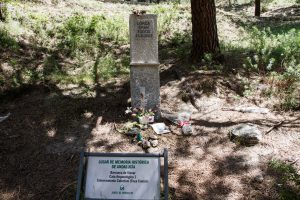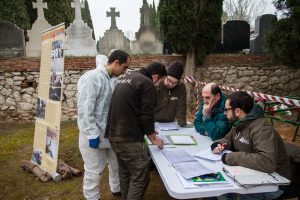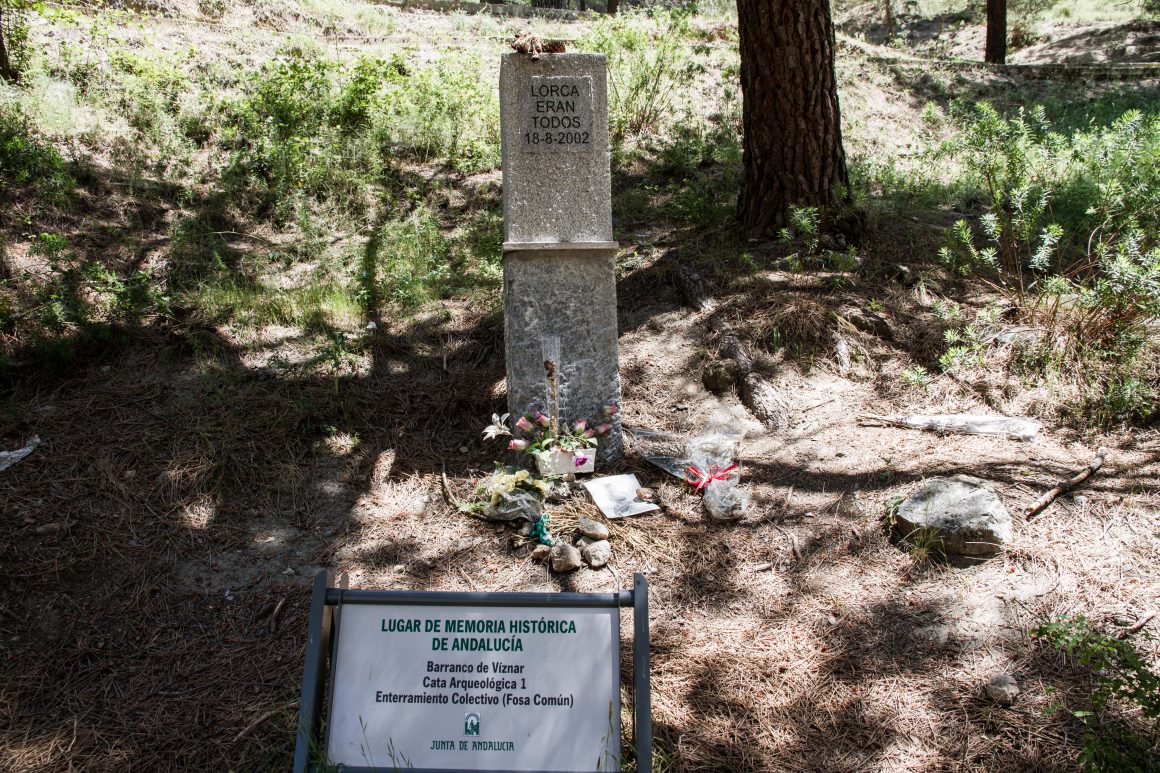While Spain commemorates the 80th anniversary of the military revolt that culminated in Civil War and Franco’s dictatorship, victims’ families still seek justice.
On the 18th of July 1936, a military group proclaimed a revolt against the democratically elected Second Republic of Spain. With this action and from the very beginning, a systematic reign of terror and violence was instigated against all those who formed part of the second republic or supported the democratically elected government.
Under this process, thousands of people had disappeared: they were sequestered from their homes, taken various kilometres and assassinated by groups of fascists who supported the military revolt. Their bodies were buried in mass graves on the side of roads, the outskirts of mountains and outside of cemeteries across the country, with their relatives never to know their fate.
This 80th anniversary of the military coup d’état was this July. The military revolt culminated in the Spanish Civil War and the 40-year dictatorship of General Francisco Franco. Since then, the number of disappeared persons remains at 114,226, their families disenfranchised with the persistence of the absence of the state in its legal obligation to recuperate the bodies of the missing persons. The state has failed to provide reparations to the families victims, despite the continuing demands for justice, which continues to scream from the graves.

An homage monument in Víznar, Granada, in the place Federico García Lorca was murdered (photo: Óscar Rodríguez)
Federico García Lorca is the symbolic example of thousands of victims of this type of systematic repression created by the military revolt.
In 1939, after three years of civil war, the military dictatorships, supported by the Nazi regime and the Italian fascists, enabled the defeat of the Republican army. The military dictatorship maintained power until the death of Franco in November of 1975.
The discourse that had developed in the process of the transition to democracy failed to recognise both the Second Republic and the distress of the victims. Meanwhile the dictatorship was largely provided with impunity for torture and other crimes committed during the period.
In October of 1977, the congress passed the Amnesty Law, closing the door to justice and reparations for those assassinated extra-judicially. Moreover, Spain continues to maintain this pre-constitutional law, to the contrary of what occurred in Argentina, Chile or Guatemala, whose amnesty laws were derogated in favour of victims rights. Besides, this contradicts the recommendations of the UN Working Group for persons of Enforced or Involuntary Disappearance and international law that deems that these types crimes cannot be pardoned or outdated.
Since 2000, a generation of the victims’ grandchildren have been conducting the scientific work to recuperate the missing victims, which would be in the responsibility of the state. The exhumation of the mass grave in Priaranza del Bierzo in October of 2000 led to the creation of the Association for the Recuperation of Historical Memory (ARMH), breaking the definitive fear and silence that the dictatorship had entrenched socially.

The exhumation of Timoteo Alcalá Mendieta, the first victim reclaimed for the Argentinian justice, Guadalajara, January 2016 (photo: Óscar Rodríguez)
A social movement has been vindicating the need for truth, justice and reparation for the victims and has recuperated and identified the remains of more than 5,000 victims across the nation. Due to limited financial resources, the team is made up almost exclusively of voluntary labour arriving from different parts of the world.
A scientific process was established that brings together an interdisciplinary team to recover and identify victims from mass graves. Thus far, the ARMH team has recovered the remains of more of 1000 victims from 157 mass graves in Spain. Thus, the relatives of the missing are given the possibility for their loved ones not to be buried on the location decided by the latter’s executioners.
Each year the resources become even more limited, with current funding originating from a Norwegian Syndicate of electricians and an award for activism in Human Rights from the ALBA Puffin organisation in 2015, which has permitted the subsistence of this collective work.
A multidisciplinary team of historians, archaeologists, psychologists, social anthropologists and forensic specialists apply their skills and knowledge to inform the victims’ families on the fate of their loved ones in order to resolve the long-unattended trauma created by the disappearance.
80 years since 18th of July 1936, the Spanish state still continues to ignore the human rights and their obligations.
Alejandro Rodríguez Gutiérrez is a historian with The Association for the Recuperation of Historical Memory.


